20 Strategies to Grow and Scale an eCommerce Business
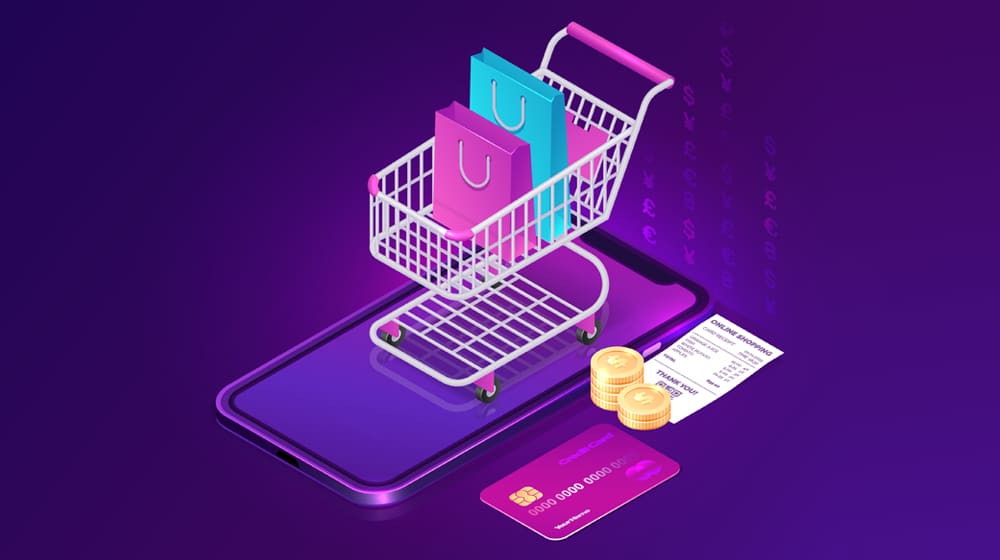
Online businesses need growth to survive. Costs are always rising, so profits need to join them, and that means generating more leads and more conversions from your business efforts. The internet is packed with articles on exactly that subject, of course. I'm not exactly creating a new industry here. What I will do, though, is offer my advice on how to do it. After all, not only have I grown several businesses myself, I've helped countless other businesses do the same.
What follows are 20 strategies I've used to great effect with varying companies. Growing and scaling a business is no easy feat, and you might not be able to put all 20 of these into action, but if even a few of these strategies help you out, your eCommerce growth will be off to a great start.
1. Get Blogging
It should come as no surprise that I highly recommend blogging as a growth strategy and as item #1 on this list. A good blog can do wonders for building awareness, generating leads, and converting leads into customers.
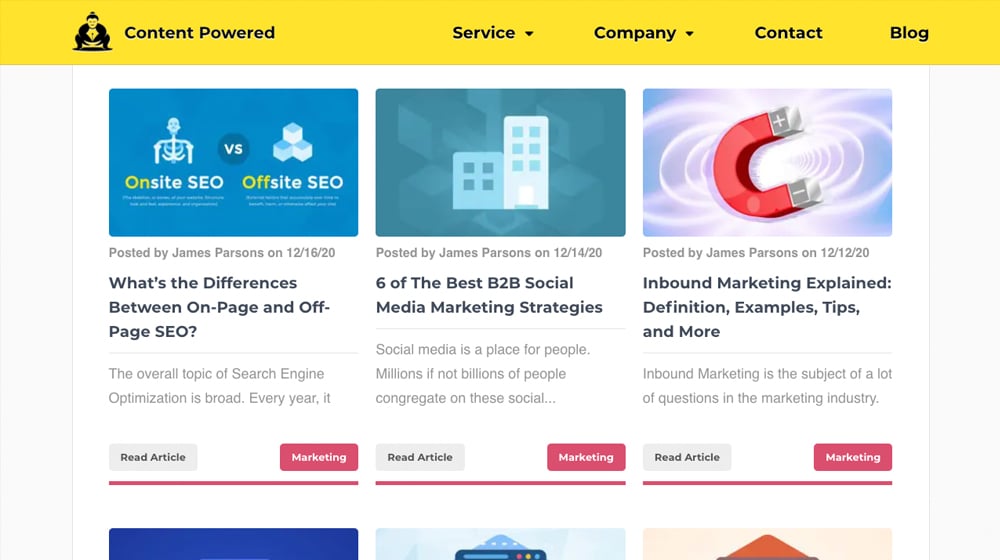
Once you get the ball rolling, the momentum is hard to stop.
The key to a good blog, the secret recipe, is paying attention to topic targeting. Many bloggers simply perform keyword research and write posts based on the topics, but they forget the audience. Who are you writing to, and what purpose does your writing serve? Tailoring your content not just to the topic and industry, but to the audience and funnel state as well, is an important part of blogging success.
Feel free to contact me about managing a blog, or read through my blog for a wide variety of tips, strategies, and eCommerce growth hacks that I publish freely.
2. Optimize for Mobile Commerce
The year 2017 was a time where mobile traffic officially surpassed desktop traffic to claim over 50% of the market. Since then, the number has hovered around half; traffic to websites is split more or less evenly between mobile and desktop.
A common tip for bloggers, business owners, and web designers is to make sure your site is designed for mobile traffic. I say you should take things one step further. Don't just make your site available to mobile markets; optimize it for mobile sales.

Called mCommerce, or Mobile Commerce, this is the next big thing in business development. Your site needs to be more than just available to mobile users, it needs to cater to them. Your lead generation, your forms, your calls to action, your conversion process: you need an optimized mobile flow for your entire funnel.
3. Build a Referral Network
The people who like your brand and your product the most are evangelists. They're powerful promoters because the average person distrusts marketing but trusts the people they know. An organic recommendation does more for promoting a brand than a dozen ads, no matter how compelling you make those ads.

One way to empower those evangelists is to build out a referral network. You can leave it open to all of your visitors (and thus get bloggers the world over to promote you so they can make their own money), or you can keep it closed and invite specifically the best, most engaged customers you know. Sometimes the exclusivity can make more people engage more deeply with your brand just for the chance to be invited to the program.
Referral networks can incentivize referrals in a variety of ways. Whether it's the traditional affiliate link with a monetary commission, a points-based system with prizes to redeem, a linear graph of benefits the user can earn as they refer more customers, or a more custom solution, they can all work very well. The main decision comes down to what your uses value the most out of their relationship with you. Sometimes it's your product, and sometimes it's money, but regardless, you need to provide it as a potent incentive.
4. Keep Customers Coming Back
How do you view the end of your sales funnel? When a user reaches the point of conversion, do you put them on hold, relegating them to ongoing support and little else? This is a mistake, and it's a common mistake many brands make.

The truth is, the people who have already purchased from you are some of the most important people to target and reach with your marketing. These are people who have already proven their interest in your brand. You can keep these people engaged with marketing, to keep them aware of new developments, new options, and new methods they can use to support you.
Some of these people won't come back to buy again. Some will. Some of them will ignore your marketing, and others will become evangelists. The fact is, you'll see a significant increase in sales just by developing a system to message them and engage with your previous customers.
5. Make Use of Retargeting/Remarketing
Many people use the terms retargeting and remarketing interchangeably, myself included. The truth is, there's a difference between them, though they both embody the same concept.
The concept is reaching people who are already interested in you, rather than people who might not otherwise know or care about you. People who made a purchase already, people who added items to a cart but didn't pull the trigger, people who clicked on an ad but didn't make a purchase; they're all people who expressed an interest in your brand, and who may be a better audience to target than the broad list of people who simply match a demographic list in your analytics.
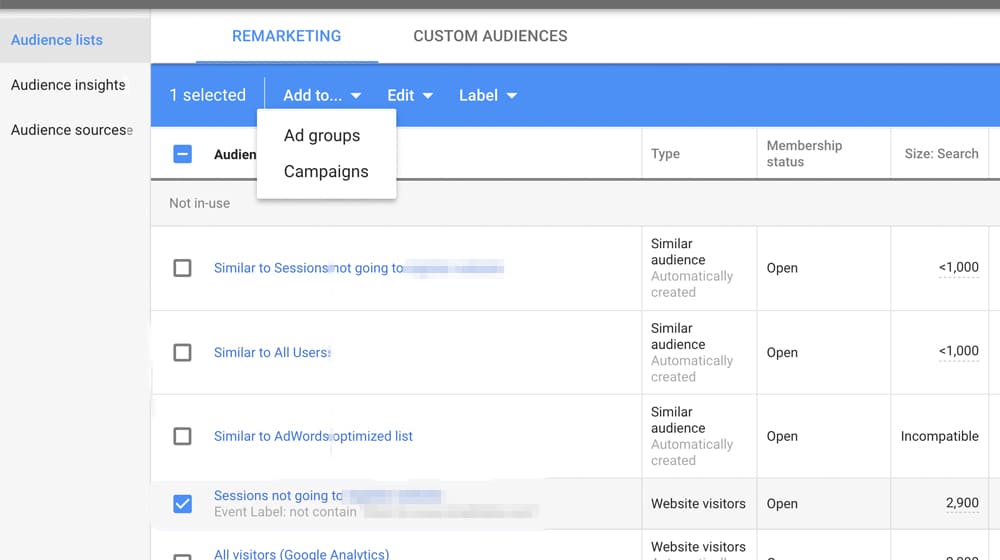
Retargeting, specifically, is using paid ads to do this. You target this group of people with marketing specifically aimed at them, with the knowledge that they're aware of you and have visited your site. You can use more specific knowledge based on this fact and you don't have to worry about brand awareness.
Remarketing is similar but uses email (and sometimes other forms of organic outreach) instead of paid ads. It's still reaching those same people, but it uses different channels. The specific channels that will work best for you depend on who you talk to.
Make use of remarketing and retargeting. Those lists of engaged, aware people are better audiences than just about any other you could ask for.
6. Capitalize on Special Days
Earlier this year, Experian performed a study on personalized email marketing. We all know about the marketing strategy of reaching out to mailing lists on holidays, and most of us probably send out emails for our customers' birthdays. What Experian found is that a personalized email message on the recipient's birthday had an open rate of over 3x higher than impersonal holiday messages.
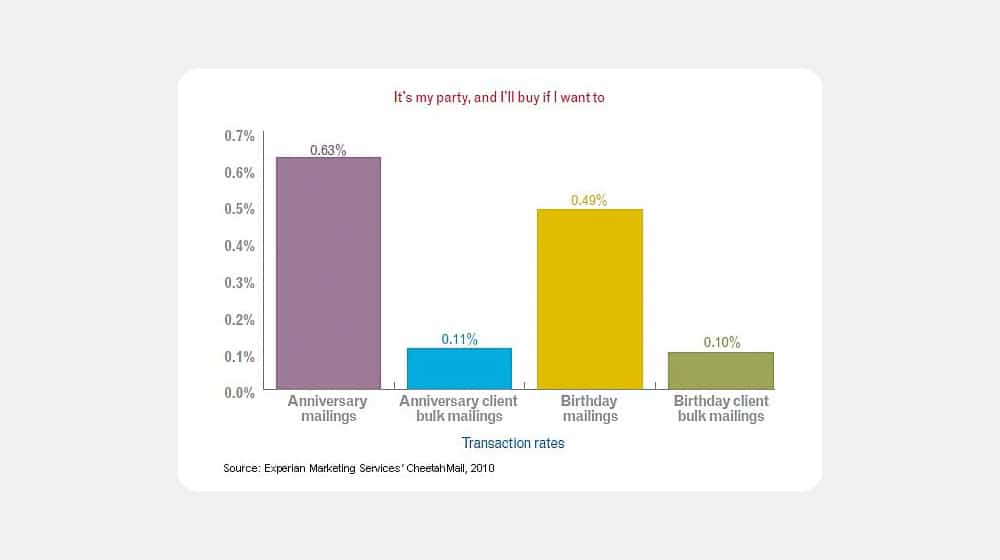
They also found that anniversary campaigns (it's been a year since you signed up!) were 3x better than the generic messages as well.
So, take advantage of this knowledge. A simple notice and acknowledgment can be fine, but we're talking about increasing growth and sales here. Send them a customized offer; cash discounts off a purchase, free shipping, percentage discounts, whatever you like. Test different offers with different segments of your audience and see what works the best.
7. Poach Competitor Failures
One of my all-time favorite strategies is poaching disgruntled customers from my competition. Here's what you do:
Once you have these monitors set up, watch them. Look specifically for people who call out your competitors for some weakness or failing. Poor support, unsupported products, poor quality products, lack of features; anything that works that you decide you can act on.

Identify how your products can do what the competitor's products can't. Then, swoop in with a response to the tweet/post/blog about the competitor's product, offering up your own. You can sweeten the deal with a free trial or discount to get them to try you out.
As long as you live up to your promises (and are better than the competition for what the customer wants to do), you can poach customers and ex-customers this way. Just remember to do this tactfully and be selective.
8. Guest Post Throughout Your Industry
I mentioned blogging already as a strategy you should be doing. An offshoot of that is guest posting.

Writing blog posts for other websites does three things for you.
- First, it builds up your brand. As a thought leader and authority in your space, people will learn to recognize you and the value they get from your content. Eventually, you can even end up a household name in the industry.
- Second, it builds relationships with other entities in and around your industry. Whether it's a related blog owner, an editor for a site like Forbes, or an influencer, they can be a great source of value.
- Third, it helps with SEO and blogging efforts. Links, unlinked mentions, author authority (part of E-A-T), and all sorts of other value comes from guest posting.
Guest blogging isn't much different than writing for your blog. You can just dedicate one or two posts per month to publishing on large blogs to bolster your authority.
9. Perform Deep Funnel Analysis
I'm not usually one to recommend a detailed sales funnel, because I believe the customer journey is generally varied enough that you end up with as many funnels as you have customers. Still, for larger brands, a codified funnel can be a good way to analyze the user journey.
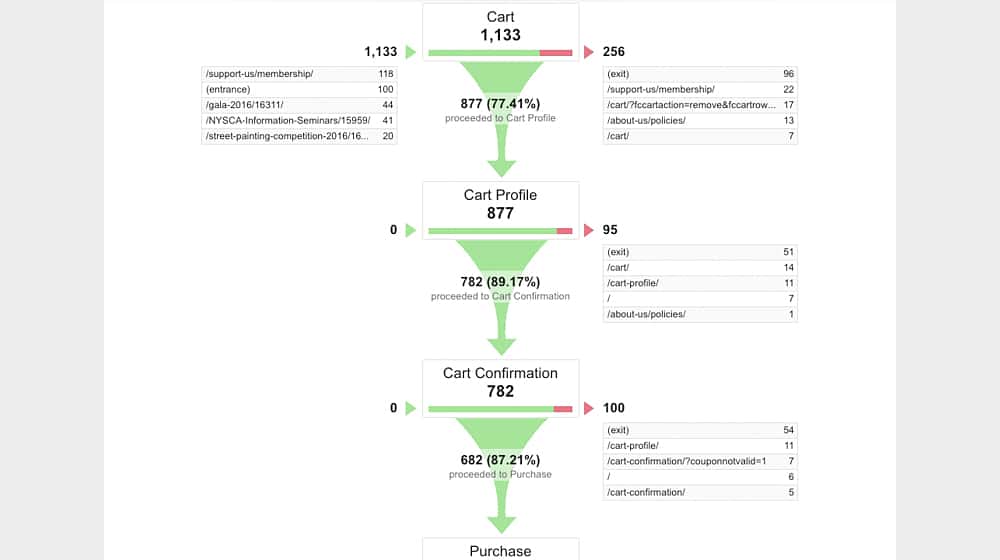
Whether you're a larger brand or a smaller business, you can use data that analyzes the process users take from the time they first hear about you to the moment they convert, and beyond. Look for roadblocks in this process. Where are the greatest drop-offs from step to step?
When you identify a common drop point, you can look for reasons why. It could be your forms are too long, maybe your call to action isn't compelling, maybe your buttons don't stand out, who knows. There are innumerable reasons, but your job is to identify what's going wrong and fix it.
10. Solicit Customer Feedback and Feature Requests
Your customers are your best source of information, and sometimes, the easiest way to get that information is to ask for it. Periodically send out surveys to your customers, either certain groups of them or all of them, asking for information. Make sure to keep these surveys short, so people don't abandon them part of the way through.
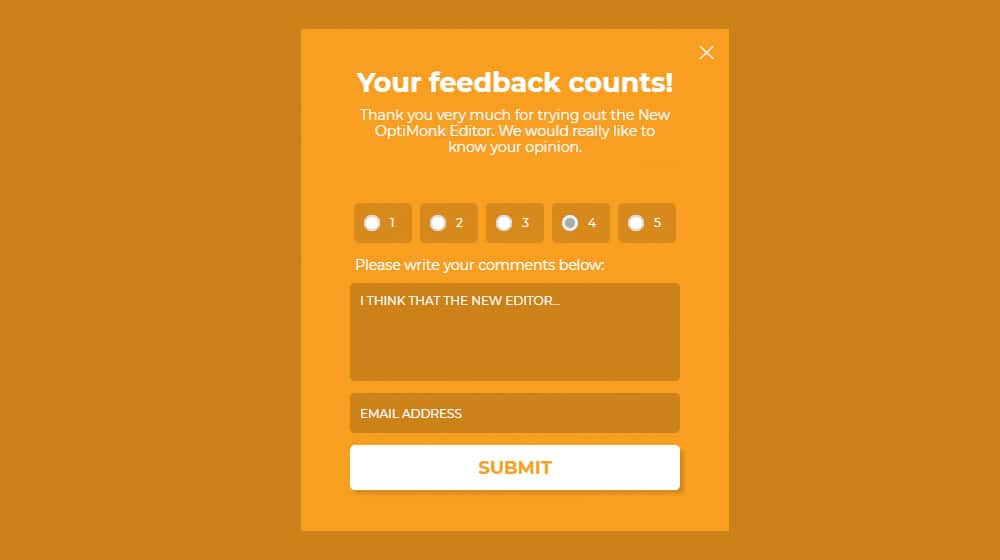
What should you ask for? That's up to you. Ask about the pain points they have. Ask if they have questions about using your products, or if they've ever had to turn to outside support. Ask if they have feature requests (they will, though you won't be able to accommodate most of them), and see if you can implement them. Ask, and ye shall receive.
11. Use Pareto Emphasis on Your Best Products
Scaling your store is all about getting the most growth out of the least effort. There's only so much you can do, and hiring more people to handle it cuts into your bottom line. You don't want to overwork your existing crew, so scale intelligently.
The Pareto Principle is generalized as 20% of your effort generates 80% of your results, and it has been observed over and over throughout the years. It will hold for your store as well; 80% of your profits will come from 20% of your products, give or take a few percentage points.
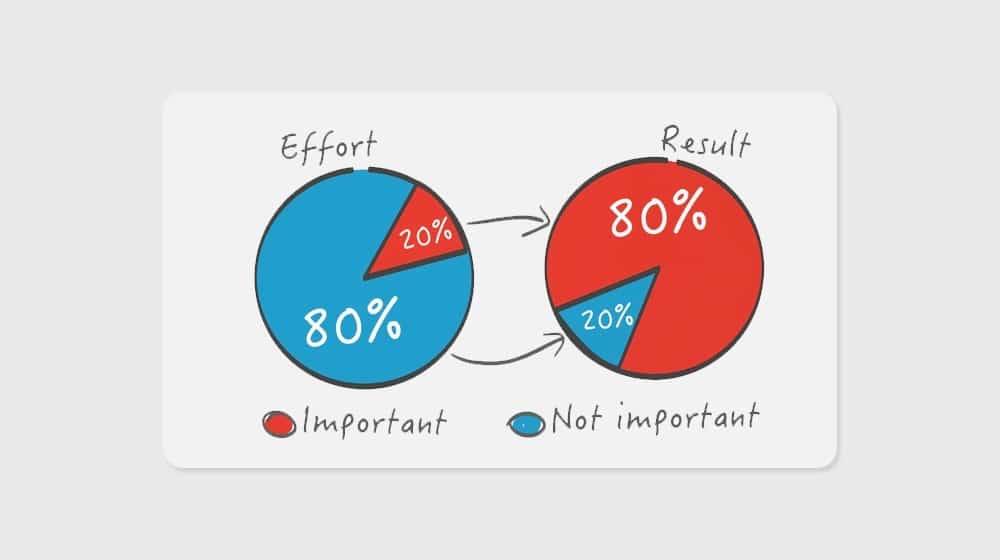
Take advantage of this to scale up your best and most profitable efforts. Don't spend as much effort on the products that don't pull in the returns (though don't abandon them, either). It's much easier to scale this way.
12. Make Use of FOMO
One of the most powerful marketing tools is FOMO, the Fear Of Missing Out. It's how video games weaponize loot boxes and time-sensitive lotteries to make millions. It's how stores the world over get people to shop during sales. Make use of it yourself.
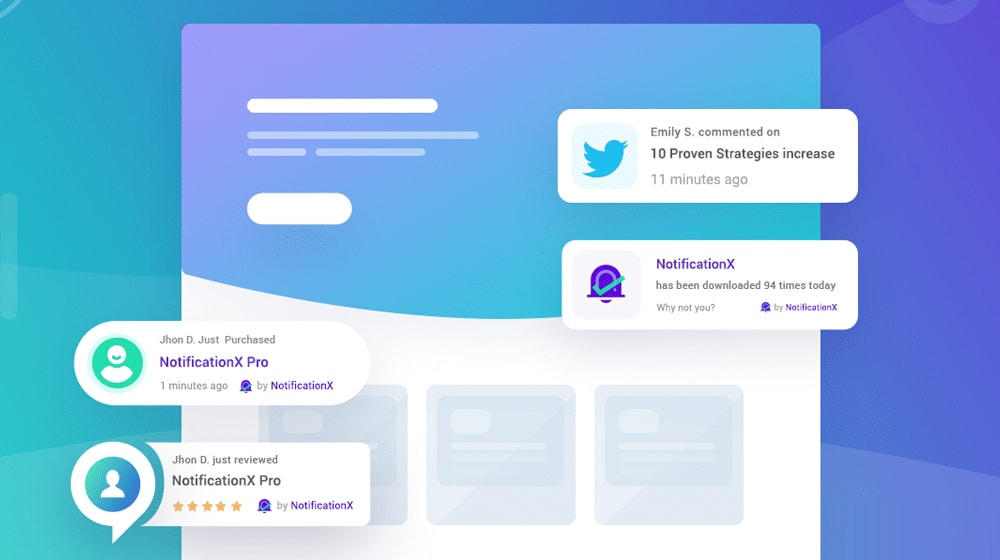
FOMO in marketing can take many forms. Time-sensitive offers, sale days, limited quantities; they can all combine to make users think that if they don't convert now, they're going to miss their chance. Whether or not that's true is up to you, but it's a powerful motivator nonetheless.
13. Realign Buyer Personas with Real Customers
I often recommend that every business creates buyer personas; idealized and caricatured versions of their typical customers. These personas help you with targeting and "personalizing" your marketing, to ensure that everything from product offerings to blog posts is in tune with what your users want.

What many people fail to mention is that, as time goes on, your audience can shift. After a year or three, your buyer personas may no longer accurately reflect your audience. This can be a cultural shift or a shift in marketing, but it's a shift you need to recognize. Every year or two, analyze your audience and compare it to your buyer personas. Chances are, you'll need to adjust some of them, or develop new ones to complement those that already exist. This realignment helps make your marketing efforts successful.
14. Network with High-Value Customers
I already mentioned that your best customers can become evangelists. There's a second group hidden within your customers, too, and that's the ones that have value beyond that of being a customer.
For example, imagine you're a marketer selling a tool that analyzes blog content, and you notice one day that Neil Patel is a customer of yours. He didn't make a big deal out of it, so you didn't notice right away, but sure enough, there he is. How do you use this to your advantage?
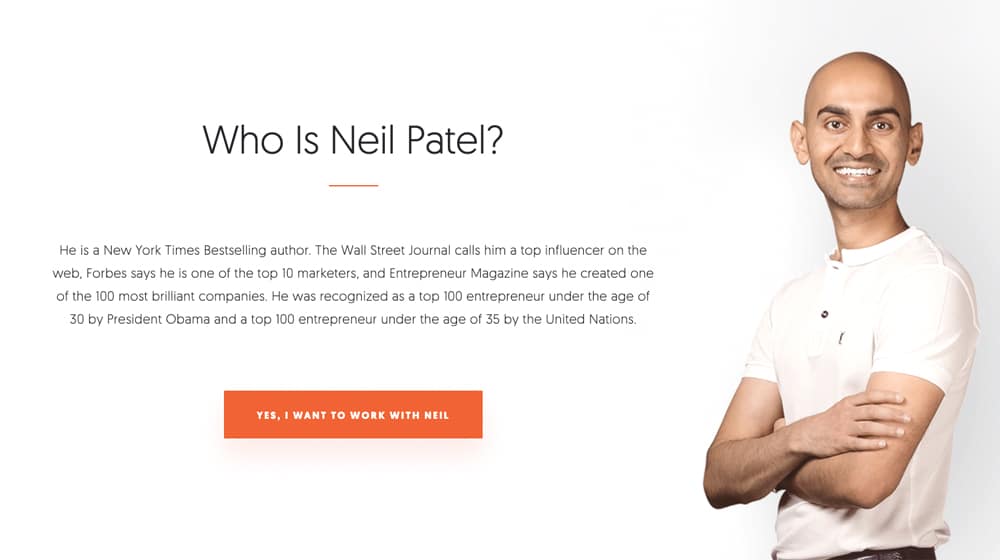
Reach out to your high-value customers. Offer to build a relationship. Give them referral access, offer to guest post or let them guest post on your site, and generally network with them. Take advantage of the value they can give you beyond that of being a customer.
15. Give Newsjacking a Try
Newsjacking was all the rage for a few years and has seemed to die back a little bit in recent years. I don't do it much, in part because my industry doesn't experience big news on an ongoing basis, and in part, because I tend to stick to more evergreen topics. If you can manage it, though, newsjacking can be a great source of marketing and awareness value.

Newsjacking means monitoring the news and, when something relevant comes up, piggybacking on it (or hijacking it) to promote yourself. It's tricky to do because tone-deaf newsjacking can be a huge mistake, but it's a powerful strategy when it works.
16. Emphasize Cross-sells and Up-sells
Cross-sells are products and accessories you sell that augment or add to an existing purchase.
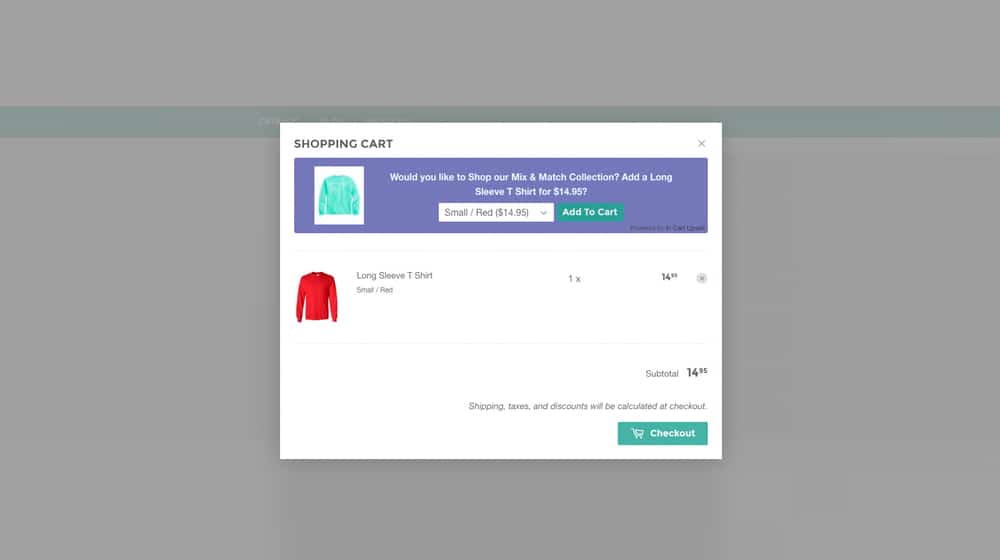
A shop selling a camera might cross-sell camera cases, accessories like light diffusers and SD cards, or extra batteries.
Offering a deal to cut the cost of a slightly better model of camera, for example, so the user decides to jump on the value proposition. Emphasize both of these to increase your average cart value.
17. Streamline the Conversion Process
One of the biggest roadblocks to a conversion is a conversion process that just takes too long. It doesn't matter whether it's a lead generation form or your checkout process; if you're asking too much and taking too long, users will think twice and decide not to convert after all.
Part of the problem is longer forms. A long-form asking for a lot of information makes users second-guess actually giving you that information. A long checkout process, meanwhile, might increase the risk of a user not having the time to complete it.
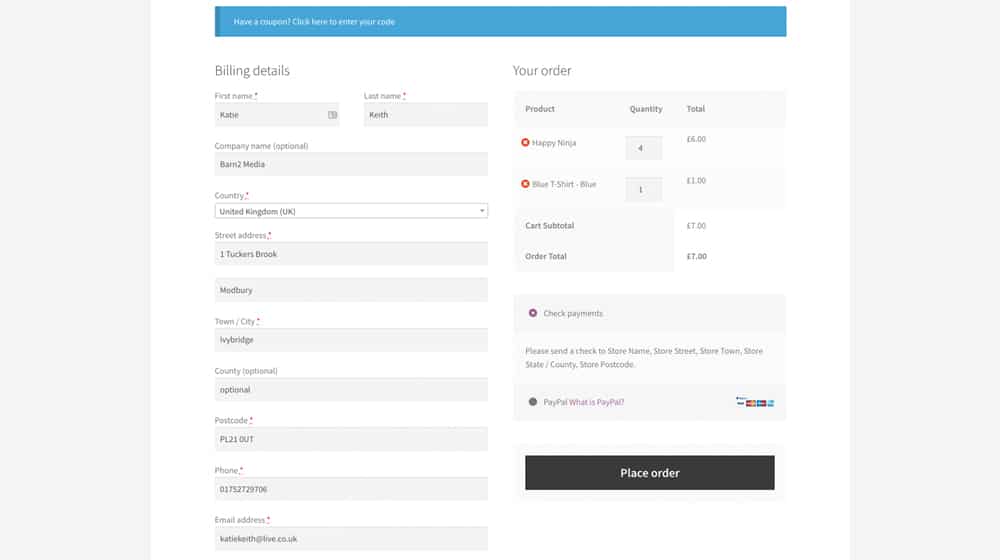
Longer processes and forms are also terrible for mobile users. Cut back on everything you don't absolutely need to convert.
18. Offer High-Quality Customer Service
This one is pretty self-explanatory. The best brands are the best brands not because of the products they offer, but because of the service that backs those products. That's why tool companies don't emphasize how sharp their saws are, they emphasize how their warranties last a lifetime.
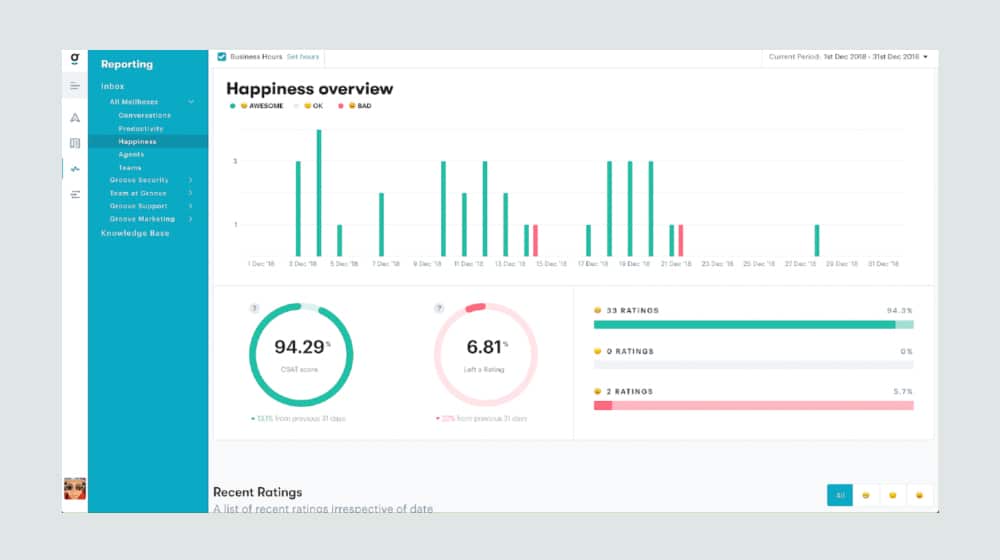
Establish yourself as easy to contact (through as many channels as possible, including phone, email, social media, live chats, and anything else you can think up) and help as quickly as possible.
19. Monitor and Listen to Common Complaints
Remember that social listening process I described earlier? The one where you poach the people who are disgruntled with your competitors? You can bet your competitors are doing that to you too.

So, get to them first. Monitor and watch for customer complaints and take action to address those complaints as quickly as possible.
20. Watch the Competition and React Accordingly
Monitoring your competition is one of many excellent routes to business growth. What audiences are they targeting? What message are they sending? How are they scheduling and running their campaigns? What do they do in organic and paid marketing? What topics do they cover in their blog posts?
All of this is important for understanding your competition and looking for gaps in their coverage. Find opportunities to undercut, overpower, or sidestep their efforts with your own.

Implement as many of these 20 strategies as you can. I know not every band can do all of them, and some of them are best done with semi-expensive tools, but it's worthwhile to do them if you can. You'll be glad you did.



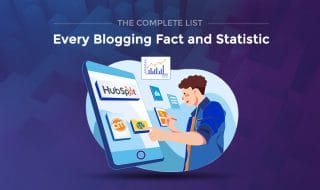


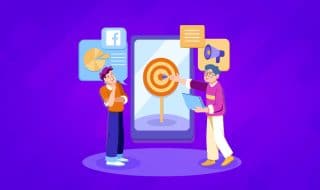



July 22, 2021
Very helpful! It took me forever to launch my Shopify store, now the hard part begins.
July 24, 2021
Thanks Kimberly!
I just wrote a Shopify-specific guide on promotion that you might find interesting:
https://www.contentpowered.com/blog/market-promote-shopify-store/
June 16, 2022
Hey James, thanks! I needed this one, too.
June 23, 2022
Hi Colby, you're very welcome!